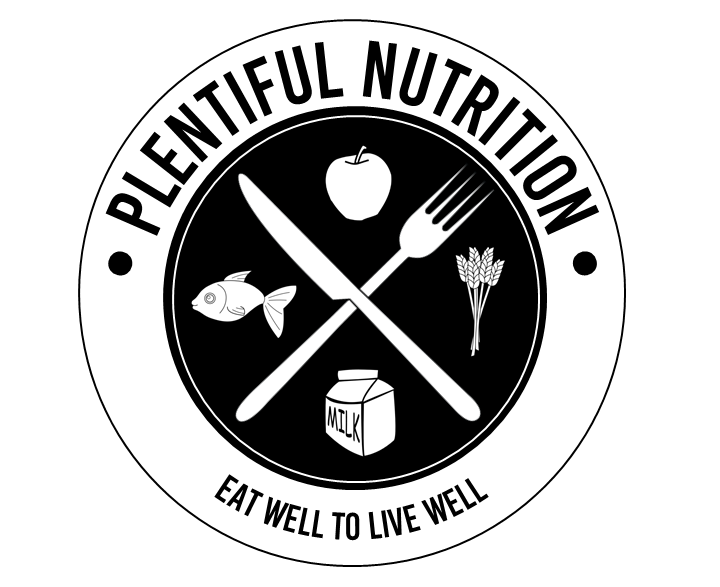As a student dietitian we are always taught the significance of not only providing individuals with information, but also providing individuals with the skills required to make their own informed decisions. One of the ways we can achieve this is by learning how to read food labels. This will help us better understand what to look for and how they should be interpreted.
When supplying my recipes I believe that it is important to also provide nutrition information in the form of a food label. This will let you all see exactly what these foods influence in terms of the items energy, protein, fat, carbohydrate, dietary fibre, cholesterol, and sodium content. In order to help you understand how to read these food labels I would like to provide you with an excellent resource produced by the Queensland Government.
Get the resource here: Reading Food Labels (NEMO, 2015)
To summarise, the nutrition information panel provided on the packaging of all packaged goods in Australia and New Zealand provides information on:
- Serving sizes and number of serves per package
- Nutrients withing the listed serving size and per 100 g
- Warning about the presence of food allergens
Now this information does not become significant until you know how to interpret it. One of the best ways to understand what your putting into your body is by reading the nutrition information panel. Below is an image of how to interpret this information and what to consider when purchasing products. It is interesting to see how different two very similar food items are when it comes to the nutrition information panel. I would urge you all to go to the above link and take this resource with you the next time you go grocery shopping. This will help you make simple swaps that align with recommendations.



No comments:
Post a Comment